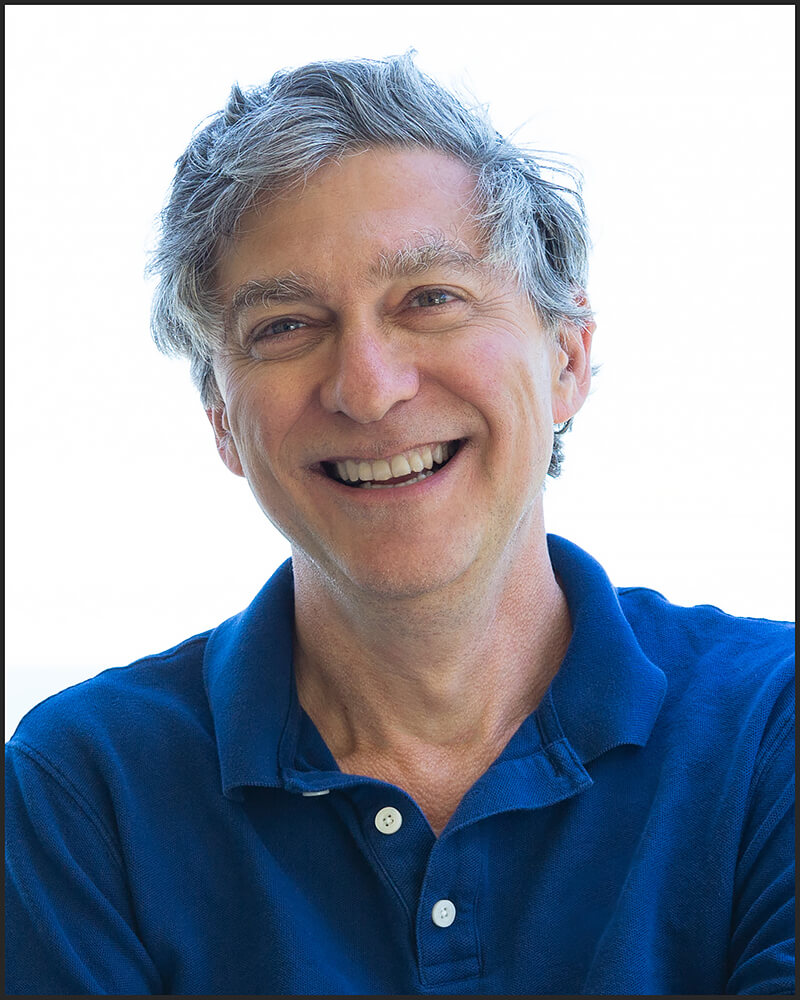New York fine arts photographer David Katzenstein has traveled throughout the world on his
lifelong artistic journey as a visual chronicler of humanity. Using subject, light, and composition to create visual dynamism, he sets the stage for the viewer to be in the moment with him. His goal is to allow viewers to experience a scene through his eyes-as if they were standing there
beside him. Steeped in the tradition of documentary photography, Katzenstein imbues his work with immediacy, emotional engagement, and a deep respect for his subjects.
Out of his fascination with ritual, over the years Katzenstein has photographed pilgrimage as practiced in different cultures. While visiting Memphis in the spring of 2017, he was inspired to expand on this theme by embarking on the project OUTSIDE THE LORRAINE MOTEL:
Journey to a Sacred Place. The artist was introduced to the Mid-South region in the late 1980s while on assignment for Rolling Stone, documenting the roots of the blues in rural communities of Mississippi and Arkansas.
An archive of online exhibitions and projects can be viewed at
www.davidkatzenstein.com. In 2018 Katzenstein formed a nonprofit organization whose mission is to create and mount exhibitions of photographs depicting the human experience
(
www.thehumanexperienceproject.net).
Outside the Lorraine: A Photographic Journey to a Sacred Place
The National Civil Rights Museum presents the fine art photography exhibition, Outside the Lorraine: A Photographic Journey to a Sacred Place featuring the work of David Katzenstein. The yearlong exhibition highlights the museum as mecca for peacemakers, a place of memory and connection during the museum’s 30th anniversary.
The collection of over 90 photos in Outside the Lorraine helps visitors identify with social issues by using fine art photography to connect to the historic place, Dr. King, movement makers, and one another. Viewers are invited to see the sparkle that lies within each print that shimmers, vibrates, and introduces people to a richer experience with fine art photography by making each piece relatable.
The National Civil Rights Museum welcomes thousands of visitors a year each carrying an identity influenced by self and society. They bring their assumptions about the Civil Rights Movement. The courtyard is the first place where they confront those assumptions and begin to reconcile them with an alternate perspective of history. A picture tells a thousand words.
As a sacred place, the plaza holds the weight of our shared mourning. As a portal, the plaza offers each visitor a pathway to greater self-knowledge and agency.
Articles
Ritual
Distant Journeys
Book: Distant Journeys
Book: Brownie